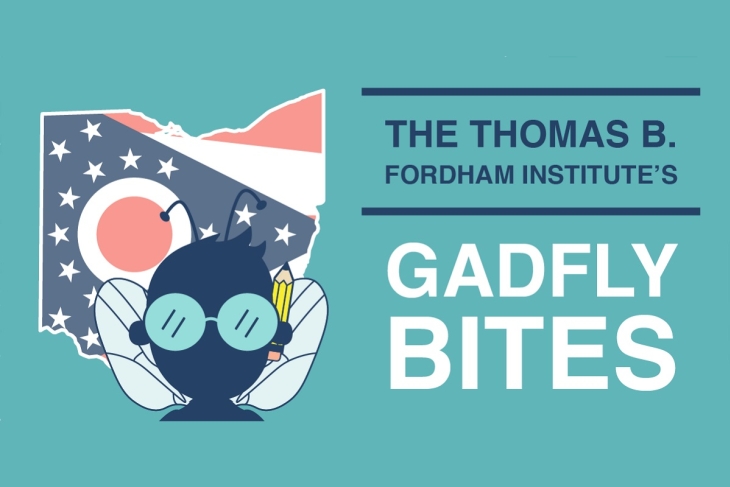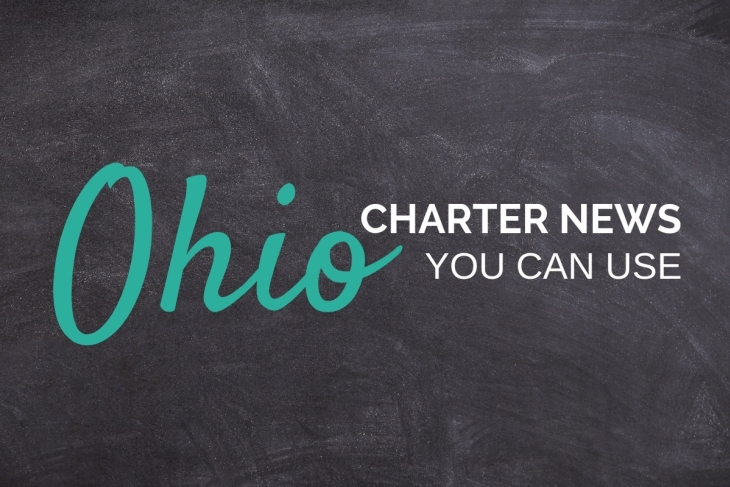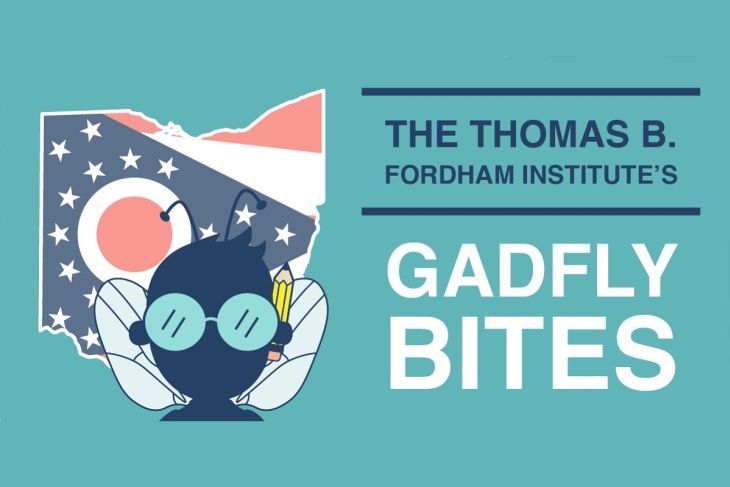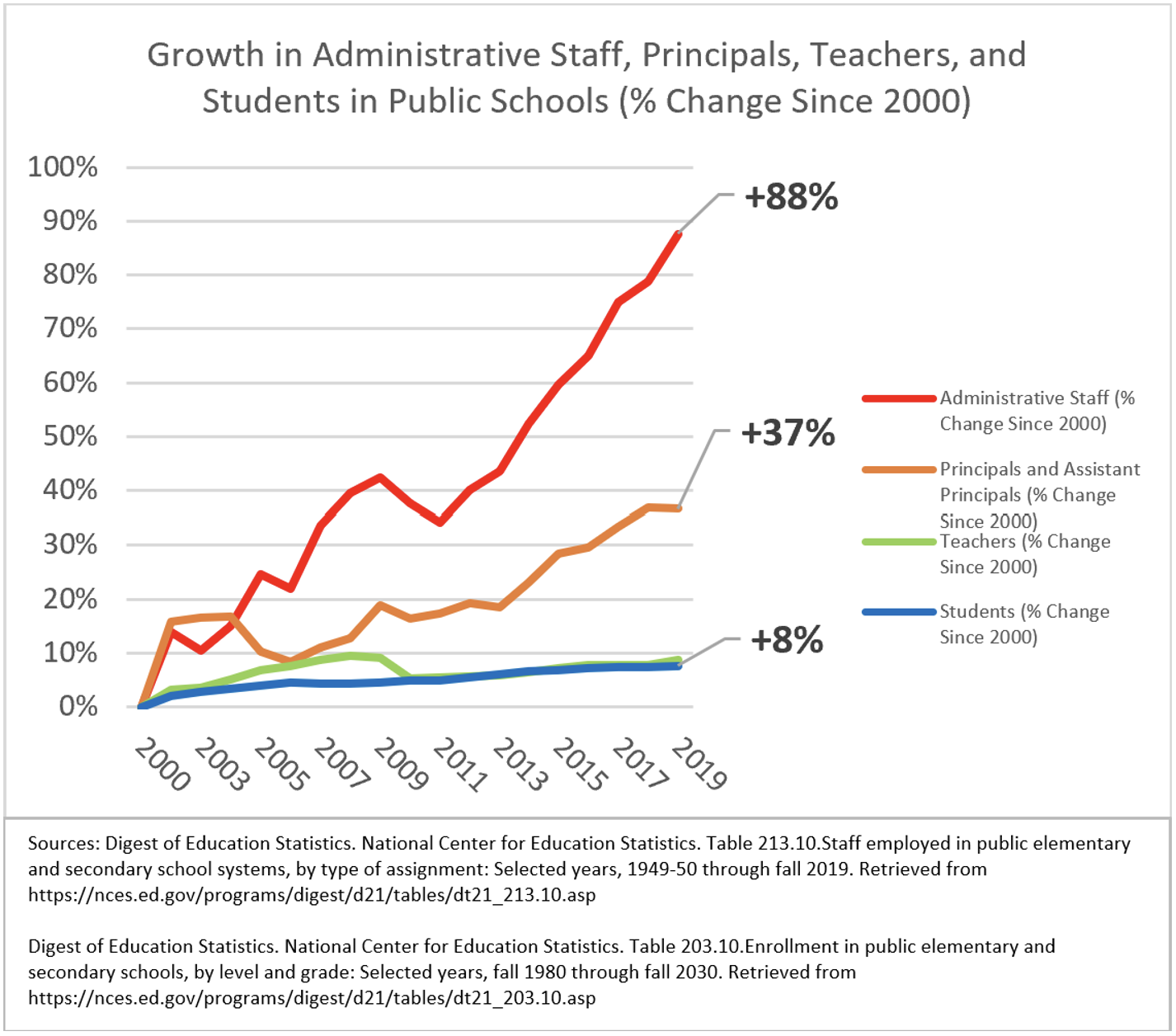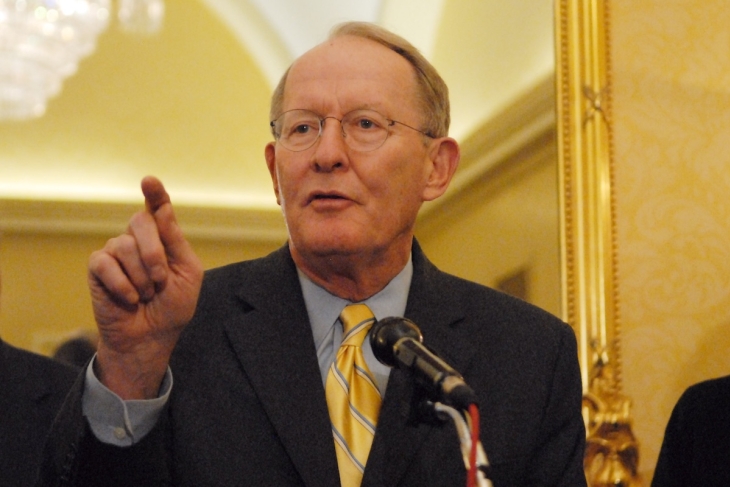News stories featured in Gadfly Bites may require a paid subscription to read in full. Just sayin’.
- Let’s start today’s clips with a nice discussion of voucher usage predictions for the next two years. The Ohio Department of Education and Workforce estimates that there will be about 15 percent more students using vouchers in the 2025-26 school and 7.5 percent more in 2026-27. Fordham’s data guru Aaron Churchill says that these estimates are in line with his own expectations. Huzzah! As ever, journalist Eileen McClory laudably goes the extra mile to seek out comments from private school leaders in the area, who also concur. Then they go on to explain the number of open seats they are expecting in their schools for next year, which is an important and fascinating detail most other voucher stories leave out. Bottom line: Expanding vouchers opened up more options for students. Lovely. (Dayton Daily News, 3/24/25)
- Speaking of families getting more options, leaders of Canton City Schools have agreed to open their borders and embrace interdistrict open enrollment for the first time ever, starting next school year. I won’t go so far as to suggest that they are doing so in direct response to the expansion of vouchers (or other choices; see below), but we do learn in this piece that 3,000 school-age kids living within district boundaries attend school elsewhere, including open enrolling into neighboring districts. Says superintendent Jeffery Talbert, “We have about 7,000 [district-resident students] choosing our school.” Seriously: Have you ever heard a superintendent admit (out loud and on the record!) that every student in his district chose to be there? That’s unprecedented. And even more amazing: “There are multiple ways for kids in our district to go elsewhere,” says Talbert, “but no ways for those outside to come here.” Until now. Wowza. Feels like more than one miracle has occurred in Canton. (Canton Repository, 3/24/25) As noted above, Stark County families have lots of school types to choose from, including Canton Christian, a non-chartered “508” private school which opened this past fall in a rented building on Malone University’s campus. It’s a small school with a very specific curriculum (covered nicely in this piece) and is probably not for everyone; but founders, staff, and families seem pleased with the first year so far and are planning to grow (slowly but surely) in the future. (Canton Repository, 3/25/25)
- It is probably a bad sign when a news outlet announces publication of a five-part series on its local school district’s financial woes. But that’s what’s happening in Mansfield this week. We have been talking off and on about Mansfield City Schools’ current issues since January. (You remember, right? Some weirdness about the cost-cutting plan submitted to the state that wasn’t followed or followed incorrectly as well as a set of cuts handed to the administration on a silver platter by the teachers union which for some reason leaders didn’t want.) But it goes way deeper—and longer—than that. And Richland Source has got every scintilla of the deets, starting here with part 1, which covers the current situation. (Richland Source, 3/24/25)
- One more miracle before we go? Why not? I have nothing bad to say about this story—about students from Toledo City Schools’ Pre-Med and Health Science Academy competing in (and even winning) Anatomage tournaments to correctly identify parts of the human body—which might be a first. And perhaps a tiny bit miraculous. (Toledo Blade, 3/25/25)
Did you know you can have every edition of Gadfly Bites sent directly to your Inbox? Subscribe by clicking here.


